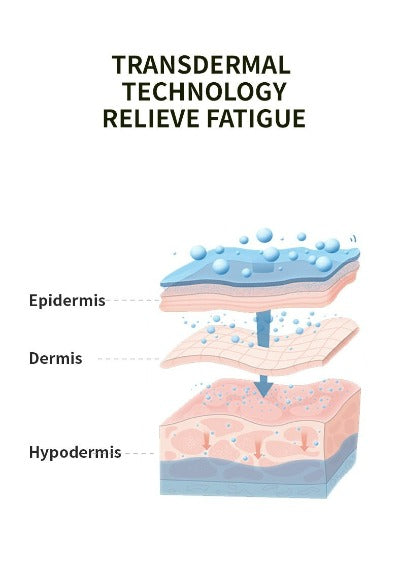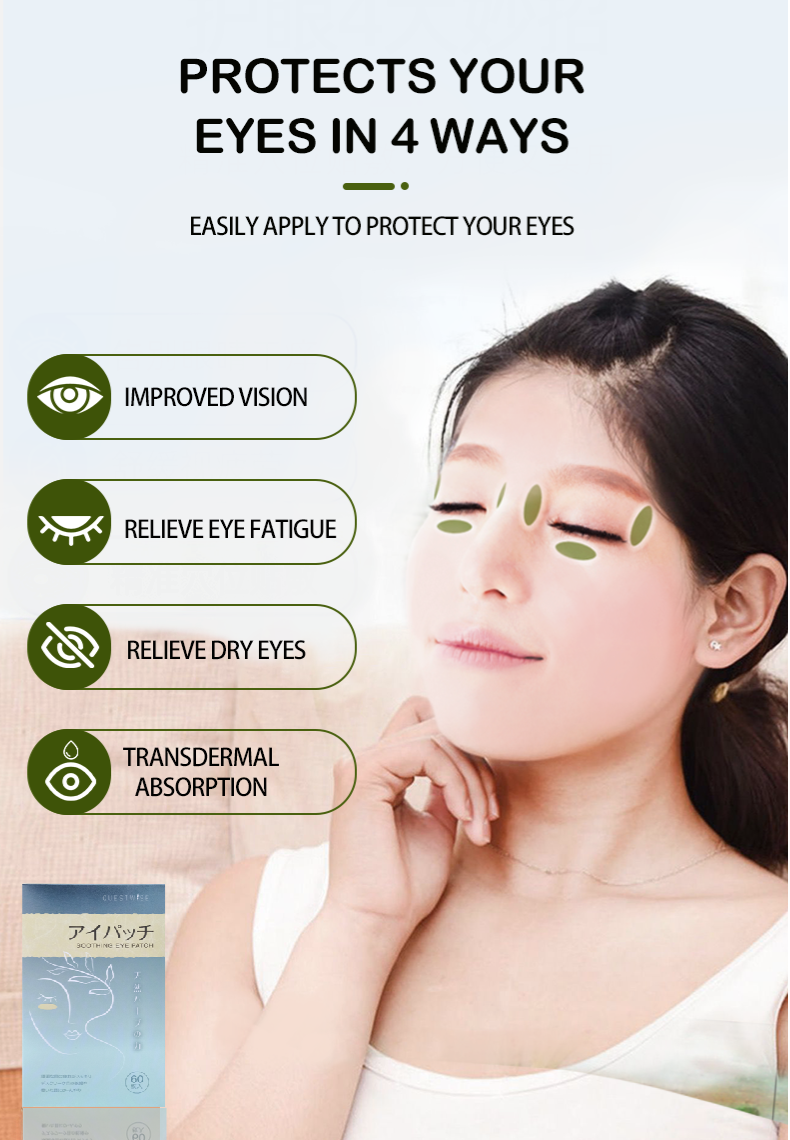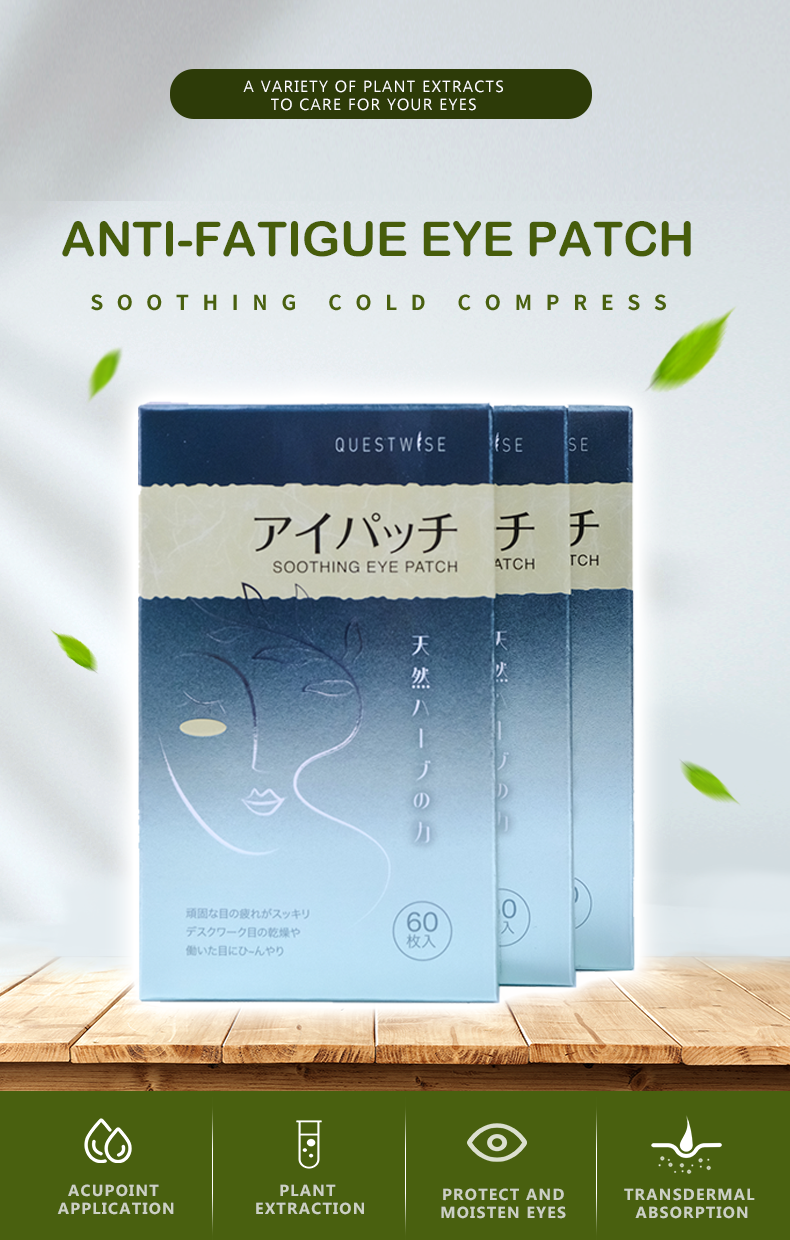The Growing Epidemic of Eye Fatigue in 2025
In the ever-evolving digital landscape of 2025, our eyes face an unprecedented challenge. The constant barrage of screens – from high-definition monitors to the ubiquitous glow of smartphones and tablets – has led to a dramatic rise in eye fatigue. This condition, often referred to as eye strain or asthenopia, is no longer a niche concern; it's a widespread issue affecting millions, impacting productivity, comfort, and overall well-being. This comprehensive guide delves into the multifaceted nature of eye fatigue, exploring its root causes, identifying its telltale symptoms, and providing a plethora of effective solutions to help you reclaim your visual health and enhance your digital wellness.
Understanding the Root Causes of Digital Eye Strain
Eye fatigue isn't a simple matter of tired eyes; it's a complex condition stemming from a combination of factors associated with our heavy reliance on digital technology. Let's examine these contributing elements in detail:
- Prolonged Near-Work Focus: The close-up focus required when working on computers, smartphones, or tablets forces the tiny muscles within your eyes to continuously contract, leading to fatigue, discomfort, and even pain. This constant strain is a primary culprit behind digital eye strain.
- Blue Light Emission: Digital screens emit blue light, a high-energy visible light that can penetrate deep into the eye, potentially damaging the retina and disrupting the body's natural circadian rhythm. Extended exposure to blue light contributes to eye fatigue, sleep disturbances, and even increased risk of macular degeneration.
- Reduced Blink Rate: When engrossed in digital tasks, we unconsciously blink significantly less frequently. This leads to reduced tear production, resulting in dry, irritated eyes, a major contributor to eye fatigue. The resulting dryness and discomfort can cycle, intensifying eye fatigue and making it harder to focus.
- Poor Posture and Ergonomics: Slouching while using digital devices not only strains the eyes but also impacts the neck, shoulders, and back. This poor posture creates a cascade effect, intensifying eye strain and contributing to overall body discomfort. An ergonomic workspace is crucial for eye health.
- Insufficient or Glaring Lighting: Inappropriate lighting conditions – either too dim or too bright – force the eyes to work harder to adjust, contributing significantly to eye strain. Harsh overhead lighting or glare from windows can exacerbate the problem.
- Uncorrected Refractive Errors: Pre-existing conditions like nearsightedness, farsightedness, astigmatism, or presbyopia (age-related farsightedness) can exacerbate eye fatigue when using digital devices. These conditions require correction through eyeglasses or contact lenses.
- Dry Eye Syndrome: A chronic condition causing insufficient tear production or abnormal tear evaporation, dry eye syndrome significantly increases vulnerability to eye strain from screen time. The dryness and irritation intensify the discomfort associated with eye fatigue.
- Underlying Medical Conditions: Certain medical conditions, such as diabetes and thyroid disorders, can influence tear production and contribute to increased susceptibility to eye strain.
Recognizing the Symptoms: When to Seek Relief
The symptoms of eye fatigue are diverse and can range from mild discomfort to severe vision impairment. Early identification of these warning signs is crucial for effective management and prevention of more serious eye problems.
- Dry, Itchy, Burning Eyes: A persistent feeling of dryness, itchiness, or burning sensation in the eyes is a common symptom of eye strain.
- Blurred Vision: Difficulty focusing or experiencing temporary blurred vision, especially after prolonged screen time, is another key indicator.
- Headaches and Migraines: Eye strain often triggers headaches, sometimes migraines, especially around the temples and forehead.
- Neck, Shoulder, and Back Pain: Poor posture associated with prolonged screen time leads to muscular tension and pain in the neck, shoulders, and back, further compounding the discomfort.
- Eye Pain and Discomfort: Aching, throbbing, or a general feeling of discomfort or pressure in the eyes is a common complaint.
- Light Sensitivity (Photophobia): Increased sensitivity to bright light, making it difficult to be in brightly lit environments.
- Double Vision (Diplopia): In some cases, severe eye fatigue can even cause temporary double vision.
- Eye Twitching: Involuntary twitching or spasms of the eyelid muscles can be another symptom.
- Difficulty Focusing: Trouble concentrating on tasks or maintaining visual focus for extended periods.
- Tiredness and Fatigue: General feelings of tiredness and fatigue may accompany eye strain, particularly if sleep is disrupted due to blue light exposure.
Effective Strategies for Relieving and Preventing Eye Fatigue
Fortunately, numerous strategies can effectively combat eye fatigue and safeguard your vision. Implementing these techniques into your daily routine can significantly improve your comfort and eye health. These solutions range from simple adjustments to more advanced approaches, depending on the severity of the condition.
1. The 20-20-20 Rule: A cornerstone of digital eye care
This simple yet powerful technique remains a fundamental approach to preventing eye strain. Every 20 minutes, look away from your screen at an object 20 feet away for 20 seconds. This allows your eye muscles to relax and refocus, reducing the strain of constant near-work.
2. Optimize Your Digital Environment: Light, Settings, and Placement
Adjusting your digital environment is crucial. Reduce screen brightness, increase text size, and enhance contrast to minimize eye strain. Use blue light filtering software or glasses to mitigate the harmful effects of blue light emission. Ensure your workspace is well-lit with diffused lighting, avoiding harsh glare and shadows that can strain the eyes. Position your screen at an arm’s length and slightly below eye level.
3. Hydration and Blinking: The Unsung Heroes of Eye Health
Dehydration contributes significantly to dry eyes, exacerbating eye fatigue. Drink plenty of water throughout the day to maintain adequate tear production and lubrication. Consciously increase your blink rate. Many people blink less often while working on screens, leading to dryness and irritation. Make a conscious effort to blink more frequently.
4. Ergonomic Workspace: Investing in Your Well-being
Investing in an ergonomic workspace is paramount. Use an ergonomic chair that provides adequate support for your back and posture. Ensure your monitor is at eye level to avoid neck strain. Use an ergonomic keyboard and mouse to prevent awkward postures.
5. Regular Breaks and Eye Exercises: Active Measures for Relief
Incorporate regular breaks into your workday. Step away from your screen, walk around, and allow your eyes to focus on distant objects. Perform simple eye exercises regularly to strengthen eye muscles and improve focus. These can include palming (covering your eyes with your palms), focusing on near and far objects, and gently rolling your eyes in circular motions.
6. Artificial Tears and Eye Compresses: Immediate Relief Options
Over-the-counter artificial tears can provide immediate relief from dryness and discomfort. Warm compresses applied to your closed eyelids can soothe tired eyes and relieve tension.
7. Professional Eye Care: Regular Checkups and Consultations
Schedule regular comprehensive eye exams with an ophthalmologist or optometrist, especially if you experience persistent eye fatigue. Early detection of underlying conditions is crucial for preventing further complications.
8. Advanced Strategies for Chronic Eye Strain: Specialized Approaches
For those with chronic or severe eye fatigue, more advanced interventions may be necessary. These may include:
- Prescription Eyeglasses or Contact Lenses: Correcting refractive errors can significantly alleviate eye strain.
- Dry Eye Treatments: If dry eye syndrome is a contributing factor, treatments such as prescription eye drops, punctal plugs, or even specialized procedures may be recommended.
- Vision Therapy: A specialized form of therapy designed to improve eye muscle coordination, visual skills, and reduce eye strain. This therapy may involve exercises and other techniques aimed at improving visual performance.
- Botulinum Toxin Injections: In some cases of severe dry eye disease, injections of Botulinum toxin can help reduce muscle spasms and improve tear production.
Conclusion: Protecting Your Vision in the Digital Age
In conclusion, eye fatigue is a serious concern in our increasingly digital world. By understanding its complex causes, recognizing its varied symptoms, and implementing the comprehensive strategies outlined in this guide, you can significantly reduce your risk of eye strain and safeguard your vision. Prioritizing your eye health is an investment in your overall well-being, enabling you to continue enjoying the benefits of technology without compromising your visual acuity.
















